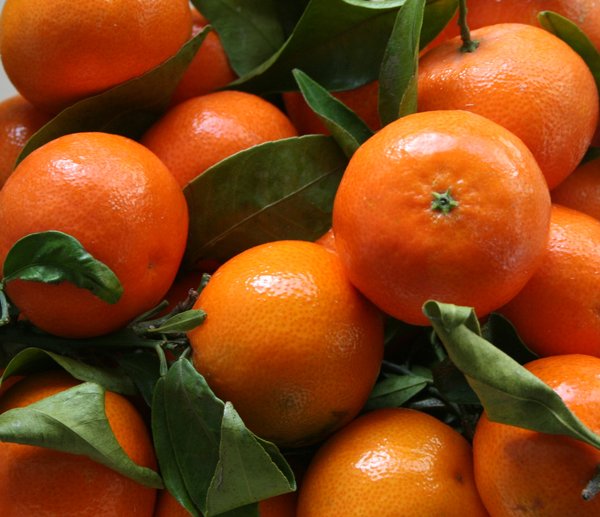


From about mid-October to January of the following year, the clementines are picked, and washed, and graded in the modern storage facility with 1,300 m² floor space. In order to keep the clementine season going for as long as possible, he grows an early and late sort of clementines, Corsica 2 and Hernandina. This consequently means that at the end of the year clementines are grown on more than 40 hectares. In addition to this, he works in a producer co-operative together with two other smallish operations which he supports and whose fruit he picks and markets. His organic clementines grow on a 30 hectare plot. In the meantime, Renato Falco, now 48-years old, proves, year-in and year-out, that this is possible with technical agricultural expertise and by spending a bit more. But in the 1990s a new opportunity in the market presented itself to the producers, notably the increasing demand for organically-grown fruit.Įven in his early twenties, Renato Falco was convinced that a good crop could be obtained even without resorting to the use of pesticides. The dramatic collapse in the price of conventionally-grown fruit in recent decades forced many producers to give up or to leave the area.

Other than that the region is rather weak structurally, with high levels of unemployment.

Various citrus fruits and olives are the main produce of Calabria. It is the climate of the growing areas on the tip of the boot of Italy, which is conducive for growing clementines, since it is one of the sunniest areas of Italy but it is nevertheless mild due to the proximity of the sea. The flesh is mild, aromatic and sweet.Ĭalabrian clementines are regarded as the best clementines, and that is why even their geographical origin is protected. As a rule, they are mostly seedless and have an aromatic peel, which is easy to separate from the fruit itself. The season for organic clementines from CalabriaĬlementines are a recent crossbred cultivar, presumably between mandarins and oranges.


 0 kommentar(er)
0 kommentar(er)
